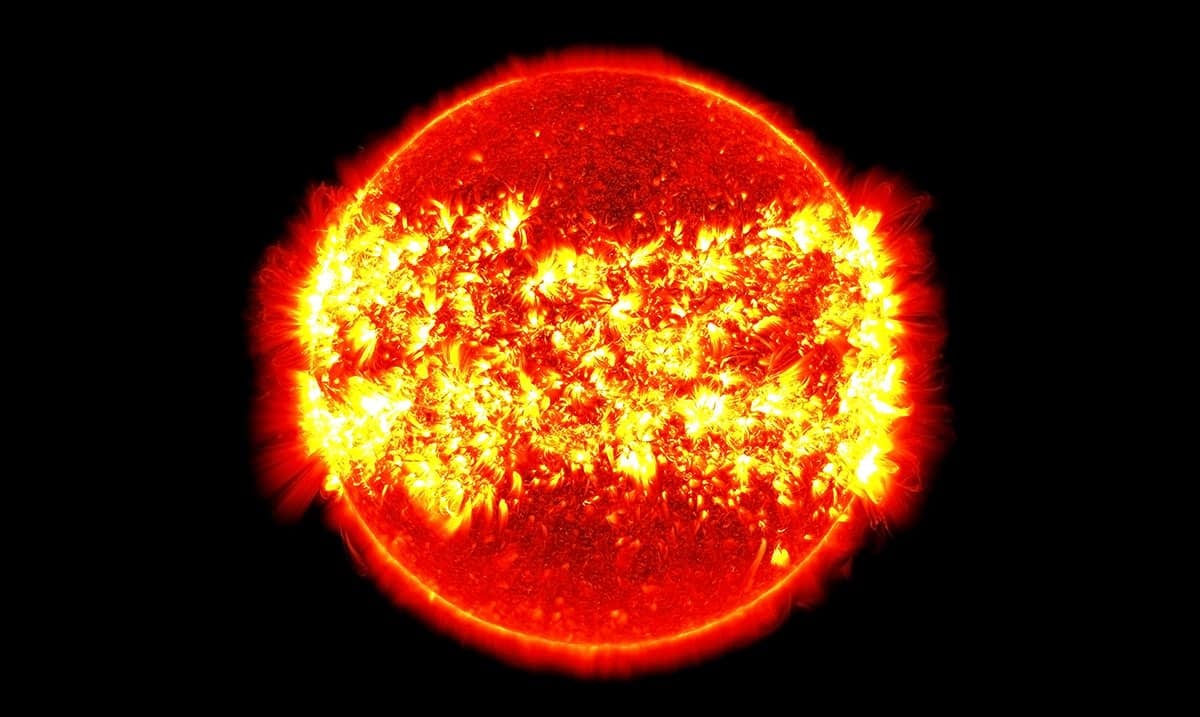We all know by now that one day, the world will come to an end, and so will everything around us, including the Sun. However, for quite some time, scientists have had limited information on how this will all go down, at least until now.
In the past, astronomers speculated that when the Sun died, it would turn into a planetary nebula, which is an illuminated bubble of gas and cosmic dust. The sun is 4.6 billion years old, and scientists do not believe it will live for more than another 10 billion years.
In a recent study, scientists looked into how it would all go down when the Sun did reach its final days. 5 billion years from now, the Sun will turn into a red giant, its core will shrink, and the outer portion will expand into the orbit of Mars. When this happens, everything in its wake will be engulfed and therefore destroyed. Whatever life is left on planet Earth will be destroyed in the process.
Thankfully, humanity will be long gone by then, as we have around 1 billion years left. Scientists theorize that because the Sun’s brightness grows each year, it is set to consume our planet, evaporating our oceans, and causing the surface of our planet to become too hot to accommodate us any longer.
Other studies have found that for a planetary nebula to form, the original star should be twice as big as the sun currently is. But, a recent study found that our Sun will end up shrinking down from its red giant form before it turns into a white dwarf, and then ends as a planetary nebula.
“When a star dies it ejects a mass of gas and dust – known as its envelope – into space. The envelope can be as much as half the star’s mass. This reveals the star’s core, which by this point in the star’s life is running out of fuel, eventually turning off and before finally dying,” says Albert Zijlstra, a lead researcher on the paper and astrophysicist from the University of Manchester.
“It is only then the hot core makes the ejected envelope shine brightly for around 10,000 years – a brief period in astronomy. This is what makes the planetary nebula visible. Some are so bright that they can be seen from extremely large distances measuring tens of millions of light years, where the star itself would have been much too faint to see.”
Overall, what this means is that despite previous models saying that the brightest planetary nebulas in distant galaxies have the same brightness, there are differentiations. The bigger the star, the bigger the nebulae, which makes it easier to not only determine size but also distance.
“This is a nice result,” Zijlstra said. “Not only do we now have a way to measure the presence of stars of ages a few billion years in distant galaxies, which is a range that is remarkably difficult to measure, we even have found out what the Sun will do when it dies!”

